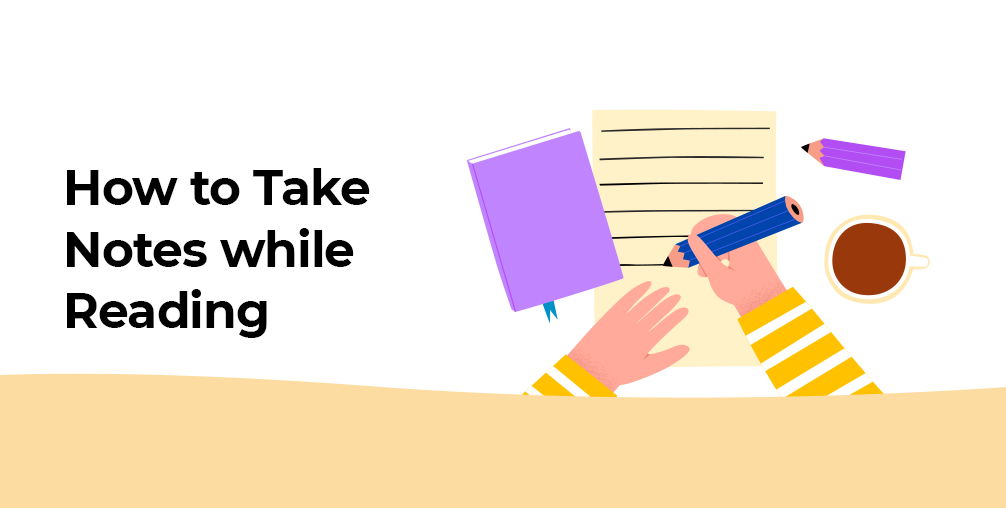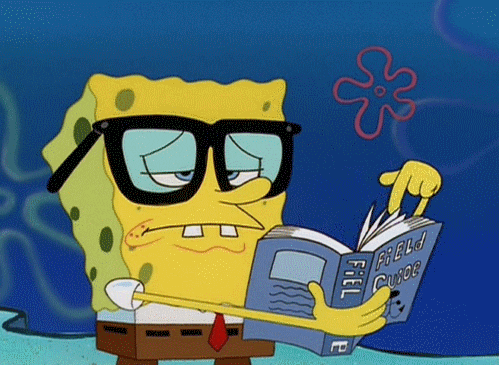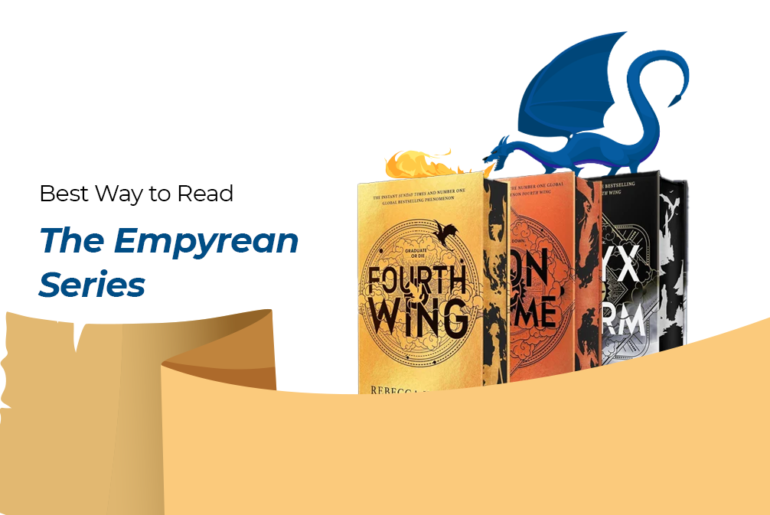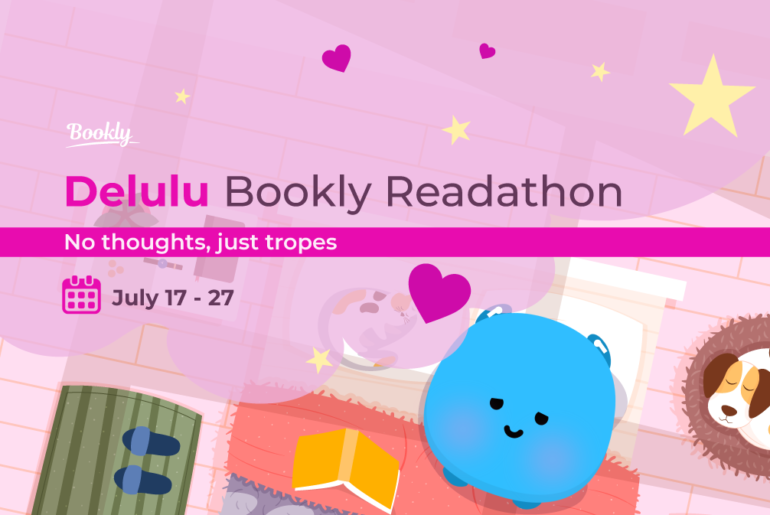The key to brilliant thinking and learning lies in the intelligent organization of our ideas and notes.
We take our written notes as reference points to refresh our memory about what we read, but oftentimes we find ourselves not remembering a single thing we just read about. Sounds familiar? 🙋♀️
If you’re in the same boat, here is an extensive list of tips & tricks, dos & don’ts on how you can actually make your recall memory your superpower! 💪🧠
The Best Way to Take Notes while Reading
An ideal note-taking system should be simple, well thought-out, and should help you stay focused on what really matters. It should also clarify your thoughts, let you experiment with ideas, and spark your interest for new concepts.
Truth be told, the actual best way to take notes is the one that suits your learning style and helps you effectively process and retain the information. While for some, taking highly-detailed notes is the way to go, for others, just seeing one idea on a post-it will make them talk for hours about something they read a while ago.
This might happen because based on what’s called heuristic memory processing, we tend to process information based on our own reasoning and practical approach; so we will prioritize what we read based on how frequently we will use it, how recent the information is and whether it will help us make better decisions. Although it might not be optimal, perfect or rational, this method proves why taking notes, being able to remember or tell someone what we read is a unique trait that sets us apart.
If you’re not sure of what note-taking approach to go for, though, we got some further down the article. 😊
How to Get in the Habit of Taking Book Notes
The easiest thing to do is start small. Reflect after each session, take very small notes while reading, or practice during a meeting or in a class. Once you get used to taking notes, you will find it easier to pick up a notebook and pen (or your digital note-taking app) to write down things.
But to develop an actual habit out of it, make sure to:
- Get back into reading. Whether it’s for study, work, or just for you, decide why you want to take notes. Having a clear purpose can motivate you to take notes on a regular basis.
- Make it a routine. Set a specific time during the day to write things down. Consistency is the key to success, so the more small, positive habits you cultivate, the more you will enhance and expand upon them every day.
- Choose the right tools for you. Be it physical notebooks, post-its, digital note-taking apps like Bookly, or a mix, discover what works best for you to stay efficient.
- Practice active reading. Really trying to understand what you’re reading is the best way to get ideas for notes. Having a question in mind before you start reading might also help you take more mindful notes; make sure you’re getting the specific information related to your question while you’re reading.
- Take time to review & revise. Make sure you regularly revisit your notes. This can help reinforce your learning and keep all the information fresh in your mind.
You need to think beyond what you read because you need to turn it into something new. And by doing everything with the clear intention of writing about it, you’ll do what you do mindfully.
𑁋 Sonkhe Ahrens
Complete List of Note-Taking Methods
1. The Notecard System
Recommended for: academic research, studying, writing, casual reading
What do I need? A pen, highlighter / post-it bookmarks, notecards, and your book.
How does it work?
- First, take extensive notes while you read, using a pen and highlighter* / post-it bookmarks.
- Then, after you’ve finished the book, revisit and revise your notes and write down quotes, how that information made you feel, or anything else you can remember on a notecard.
- Keep the notecards you’ve written in a file or box and categorize them by topic so that you can make the most of the information you’re taking in. Color code your notecards if you want to go even more advanced with your note-taking.
This method might work like an exterior brain that organizes all the important stuff you need to know from a book while giving you time to digest the information and think critically about it. It helps you keep an organized list, although it might just be too much of a methodical process and it could take a lot of time and slow down your reading.
2. Highlighting and Emphasizing
Recommended for: Studying, academic research, writing, casual reading
What do I need? A pen / colored pens or markers, highlighter / post-it bookmarks, a notebook, post-its, your book, the Bookly App
How does it work?
- When you find interesting information in your readings, make sure to underline or highlight it so that you can review the main ideas later.
- A clever tip is to read the whole page first before taking any notes so that you will highlight* only the most important quotes or main ideas on that specific page.
- Try writing down notes by hand. Studies have shown that taking notes by hand helps you better retain the information rather than typing it out on a keyboard𑁋be it on a computer or digital keyboard in an app.
- At last, make sure to review what you read along the way. Stop at the end of each chapter or section of your reading and jot down a few bullet points based on what you understood from it.
*Highlighting works best when it comes to textbooks and other academic materials, but with casual reading and physical books, you might also consider using post-it bookmarks, transparent sticking bookmarks that you can write on, or any other stationery that would not damage your books. Say you might want to lend them to someone, might as well take good care of them. 😇
If you’re a digital note-taking aficionado, though, grab your digital notes app and add your personal quotes, thoughts, and words, just like you do on paper; make sure to link it to the specific book, mark your chapters, and add any other important ideas, characters, or definitions.
3. Smart Notes
Recommended for: academic research, studying, writing, casual reading
What do I need? A pen, highlighter / post-it bookmarks, your book, the Bookly App
How does it work?
There are 4 main types of notes you can take:
- Fleeting Notes – a brief type of note you take whenever an idea pops up or you want to quickly note down something you’ve read. The secret here is to keep it short and simple.
- Literature Notes – those notes you take while researching or reading a book; usually, with this type of note you identify the essential and useful points and rewrite them in your own words. Make sure to limit each note on a single idea, to keep your notes clear and concise for anyone that might read them.
- Permanent Notes – are those insights that you can understand without context; they are typically fully-formed ideas, stored in a systematic way for further use.
- Reference Notes – are those highlights from books or podcasts, usually including the original quotes you want to remember. You can use them to create permanent notes and literature notes.
This method has the advantage of being versatile. It can be applied to any informational source — books, podcasts, lectures, or even online classes. Although it might seem intimidating at first, once you get into the habit of it, it might significantly improve your creativity and ability to create any text or idea. Plus, it’s a very effective strategy that can boost your comprehension abilities.
4. The Cornell Method
Recommended for: studying, online courses
What do I need? A pen, notebook / note-taking app / laptop
How does it work?
- Make sure to mark your paper with a ‘Questions / Cues Section’ on the left side of the page.
- During a lecture / online class, take your notes on the right side of the page.
- After writing down each idea, make sure to go back to the ‘Questions Section’ and write down a question corresponding to the idea you just jotted down.
- At the very bottom of the page, mark your ‘Summary Section’, where you write in a few words what you just wrote above in the ‘Notes Section’.
What’s helpful and clever about this method is that you can quiz yourself by covering the ‘Notes Section’ and just reading the questions to make sure you actually learned the important topics you wrote about. The Cornell Method was created by professor Walter Pauk back in the 1950s and it’s remained a very useful strategy for students who want to create their own study guide within their notes and make sure they pay more attention in class.
5. Progressive Summarization
Recommended for: ebooks, academic research, studying, writing
What do I need? Your e-book, notebook / the Bookly App
How does it work?
- For the first note-taking layer, use your usual method of note-taking on your e-reader, highlighting as you go.
- Next, prepare your highlighted notes for review and summarization. Export or note them down on your notebook / note-taking app, go through them, select those that sound best to you, and then mark the main ideas in bold.
- For the third round, get ready to summarize the bolded ideas down to a few words and then once again highlight what’s most important to you.
By creating these layers, you may take digital notes much more efficiently and rapidly since a brief summary provides you with the whole idea at a glance. This method was developed by Tiago Forte and it helps us reinforce the key concepts we learn from anything we read.
Dos and Don’ts of Note-Taking while Reading
Here’s a list of dos and don’ts that apply to everyone, regardless of how they take notes.
DOs
- Take the time to digest the information you just read and find a way to organize and repurpose that content.
- Discuss what you read. Taking the time to speak about what you just read might help you better understand and memorize it for later use.
- Use a pen or a digital app to take actual notes—this might just be self-explanatory, but actually writing down your thoughts takes up most of the work. It might also be more enjoyable as you can personalize the information with your own thoughts and review style (a little ⭐ near your favorite quote, maybe).
- Immerse all your senses when reading to better focus and get the most out of your reads without distractions. Find a comfortable and quiet space to take notes, or put on some music if you’re the type that can tune their thoughts along with musical notes.
- Take care of your physical health. It comes as no surprise that having a healthy lifestyle and habits leads to having a healthy brain, which takes part in almost anything we do; so make sure you prioritize sleeping, have a balanced diet, and exercise often to keep your mind in shape too. 🧠
DON’Ts
- Don’t follow a note-taking method just because you see everyone using it; it takes a while for you to find your own system, so have patience and be honest with what you want to take out of your reads, and then you’ll find what works best for you.
- Don’t expect too much of yourself! Authors usually write books to take us on a certain journey 𑁋, be it for educational or entertainment purposes, so don’t worry if the note-taking process takes a while. It’s all part of discovering what works best for you while maintaining an enjoyable learning experience.
- Don’t be afraid to experiment with different techniques and adapt them to fit your needs and preferences, so that your reading experience and note-taking will go smoothly. 🤓
Many of my notes lead to nothing. But one of them is enough to build a career off of.
𑁋Ryan Holiday
How to Keep Track of Your Notes
You can take all your profound book notes in an easier way with the Bookly App. The note-taking feature in the Bookly App can be a great tool for both physical and digital books.
Bookly can help you write down quotes, thoughts, and definitions from the books you read, and it often involves paraphrasing or summarizing in your own words which can serve as an excellent mental workout. 🧠
After you finish your reading session for the day, you can also take pictures of your favorite quotes in the app. What’s more, for all bookworms, you can also add information on all the characters in a book, along with detailed descriptions and their relationships.
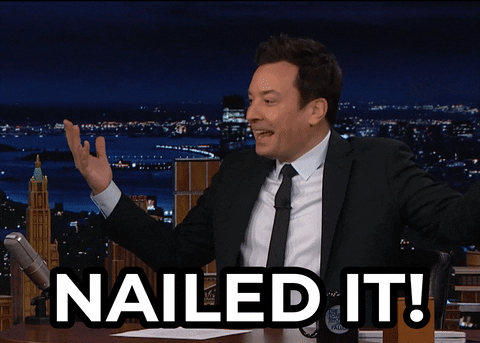
Keep Track of All Your Notes & Reading Progress With Bookly
Whether you track your reading progress and notes in a spreadsheet, journal, notebook, or app, just remember to do it!
Bookly makes it easy to track your progress and can help keep you accountable, track books, and improve your reading habits. 😎
And don’t forget that Bloo, your reading assistant, will always be by your side and help you improve! 💖
Download Bookly for iOS 👉 https://bookly.app.link/nAH81rtpg9
Download Bookly for Android 👉 https://bookly.app.link/4TMM20xpg9

